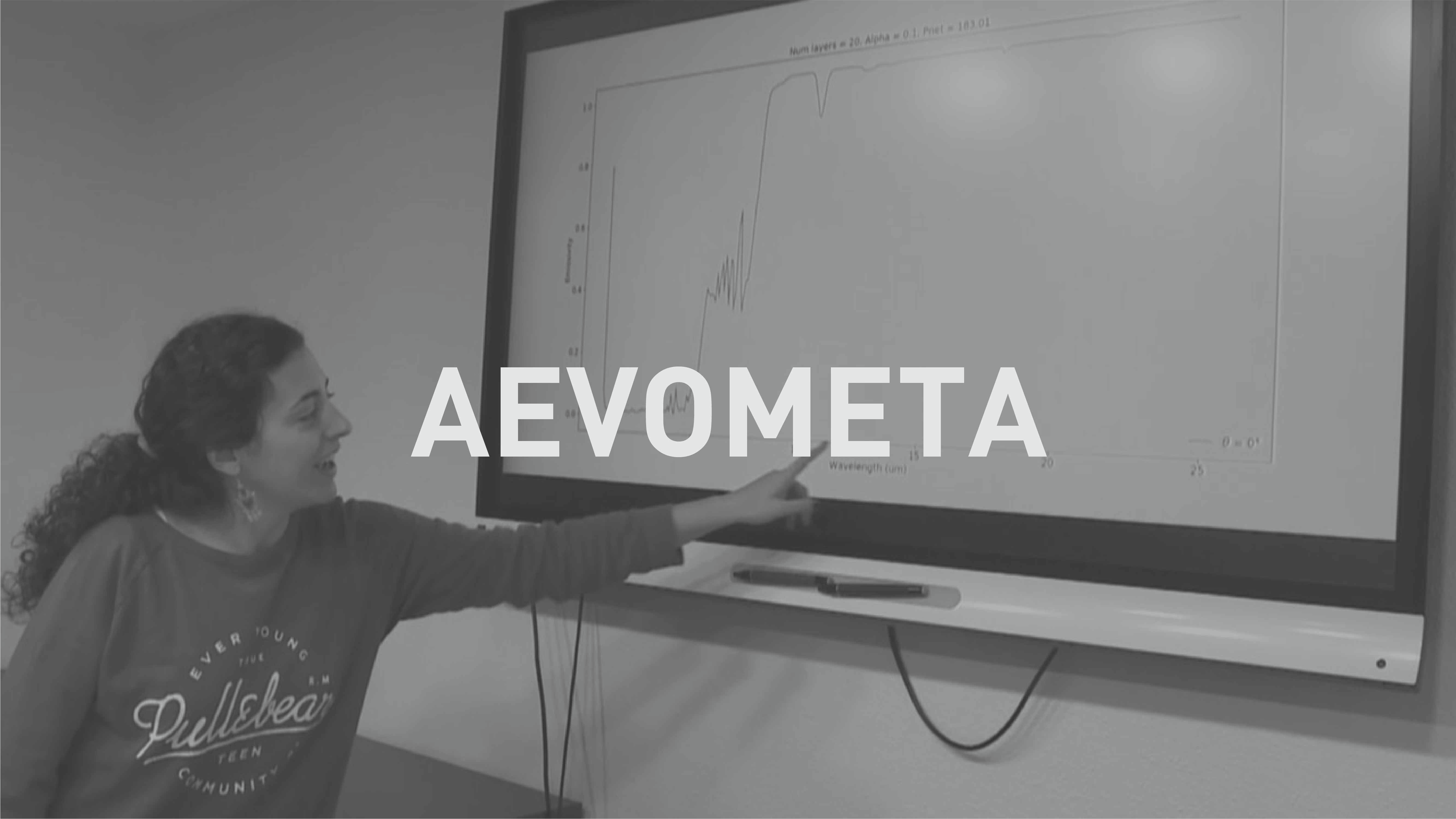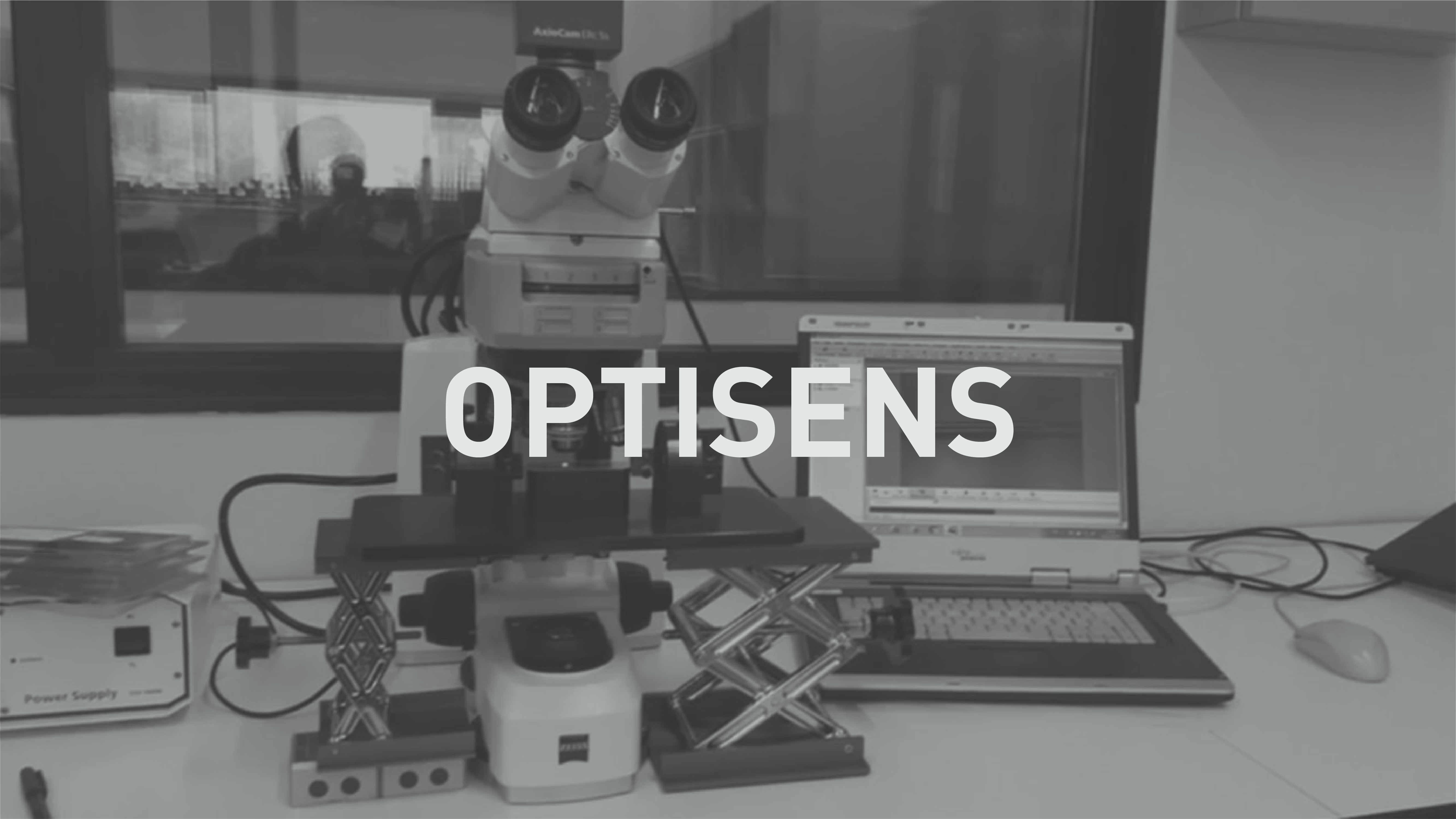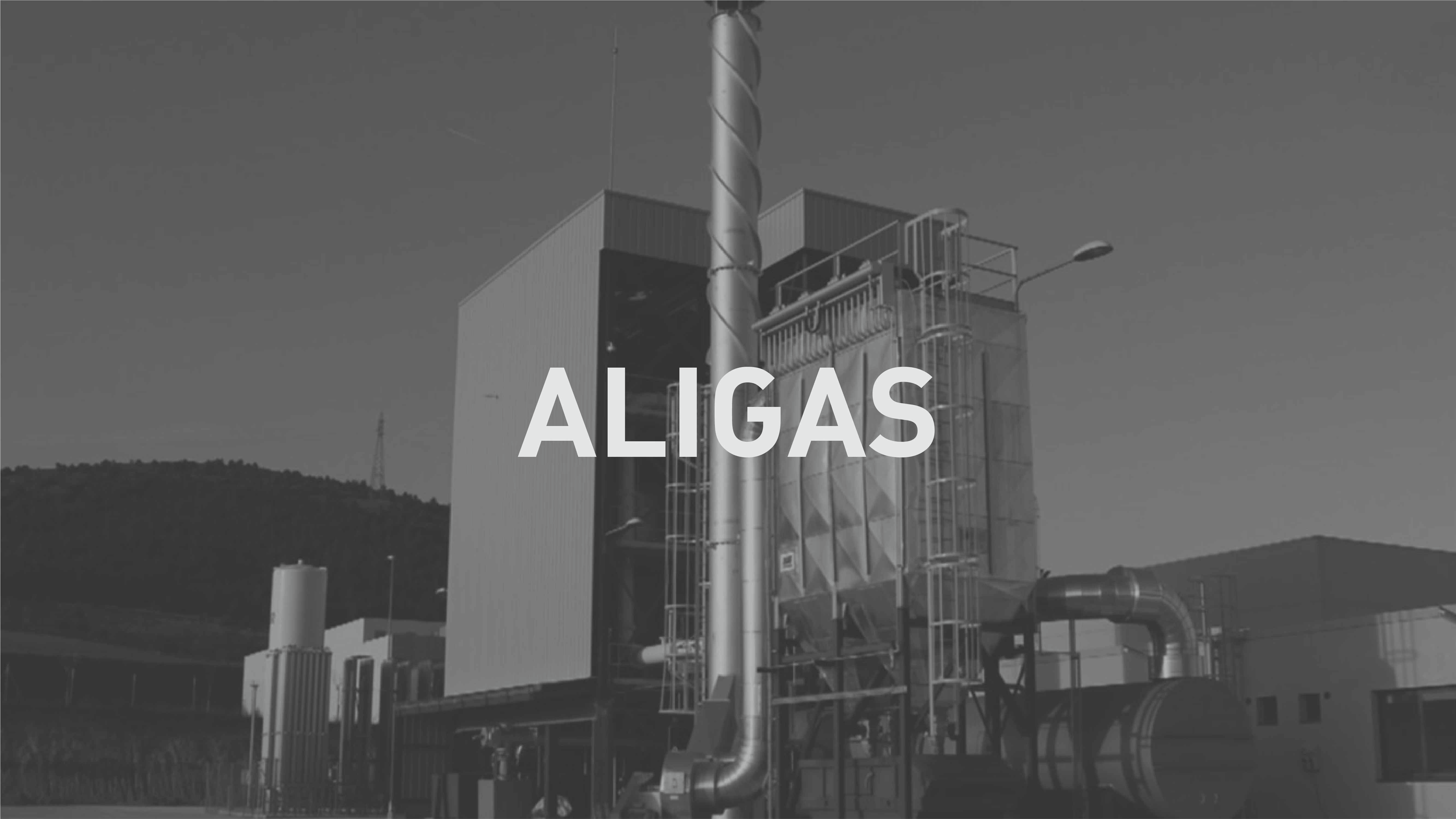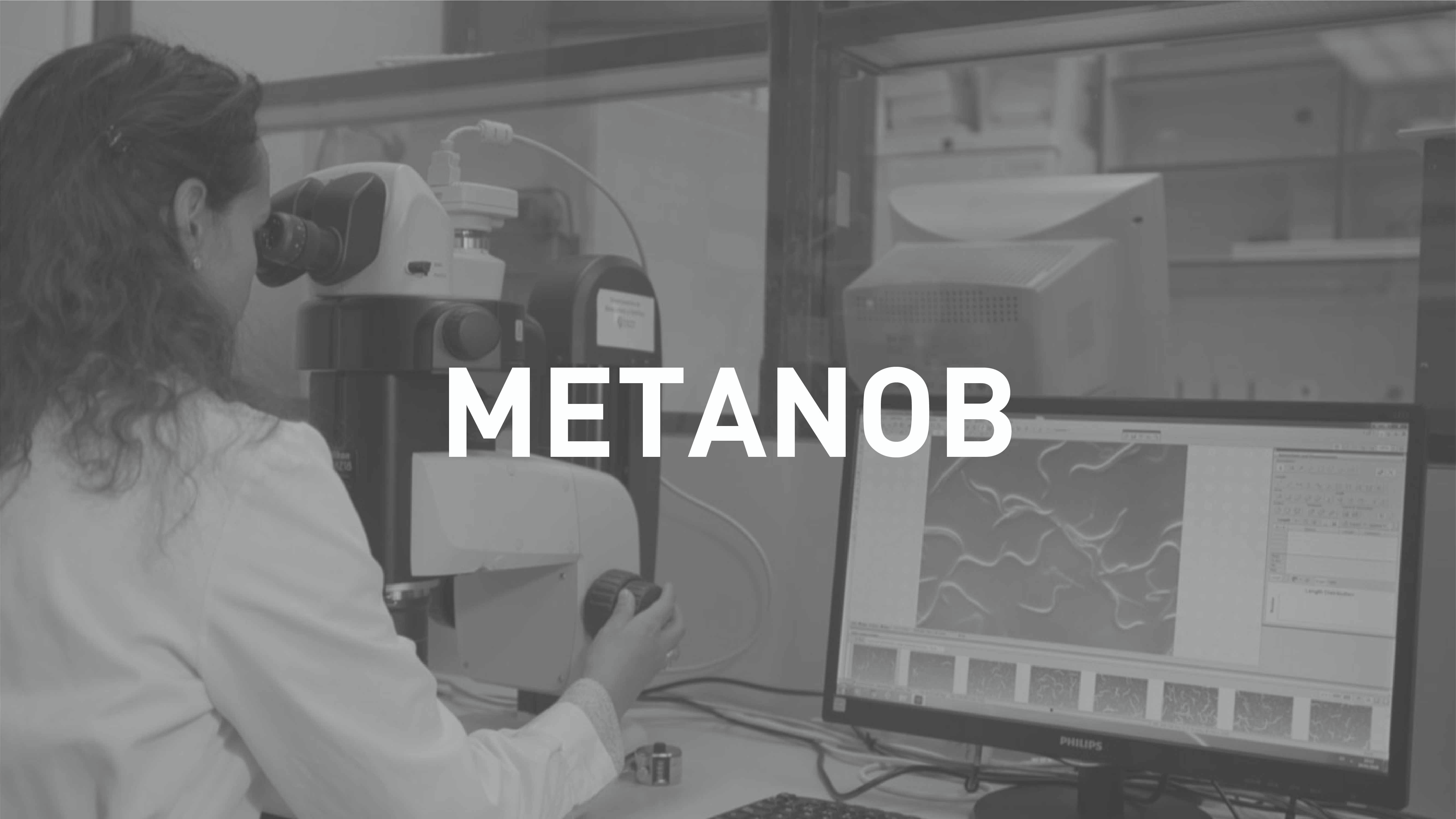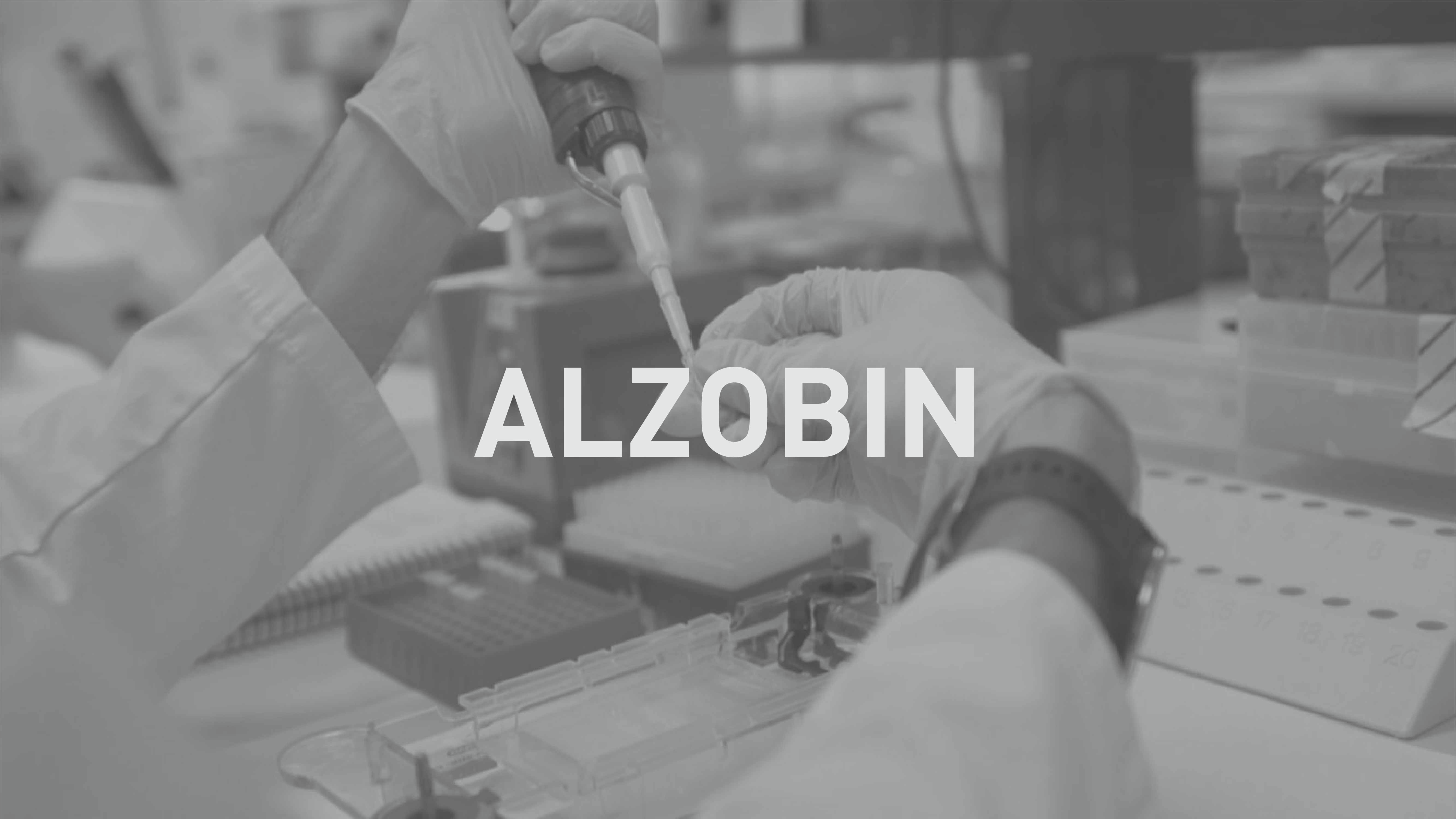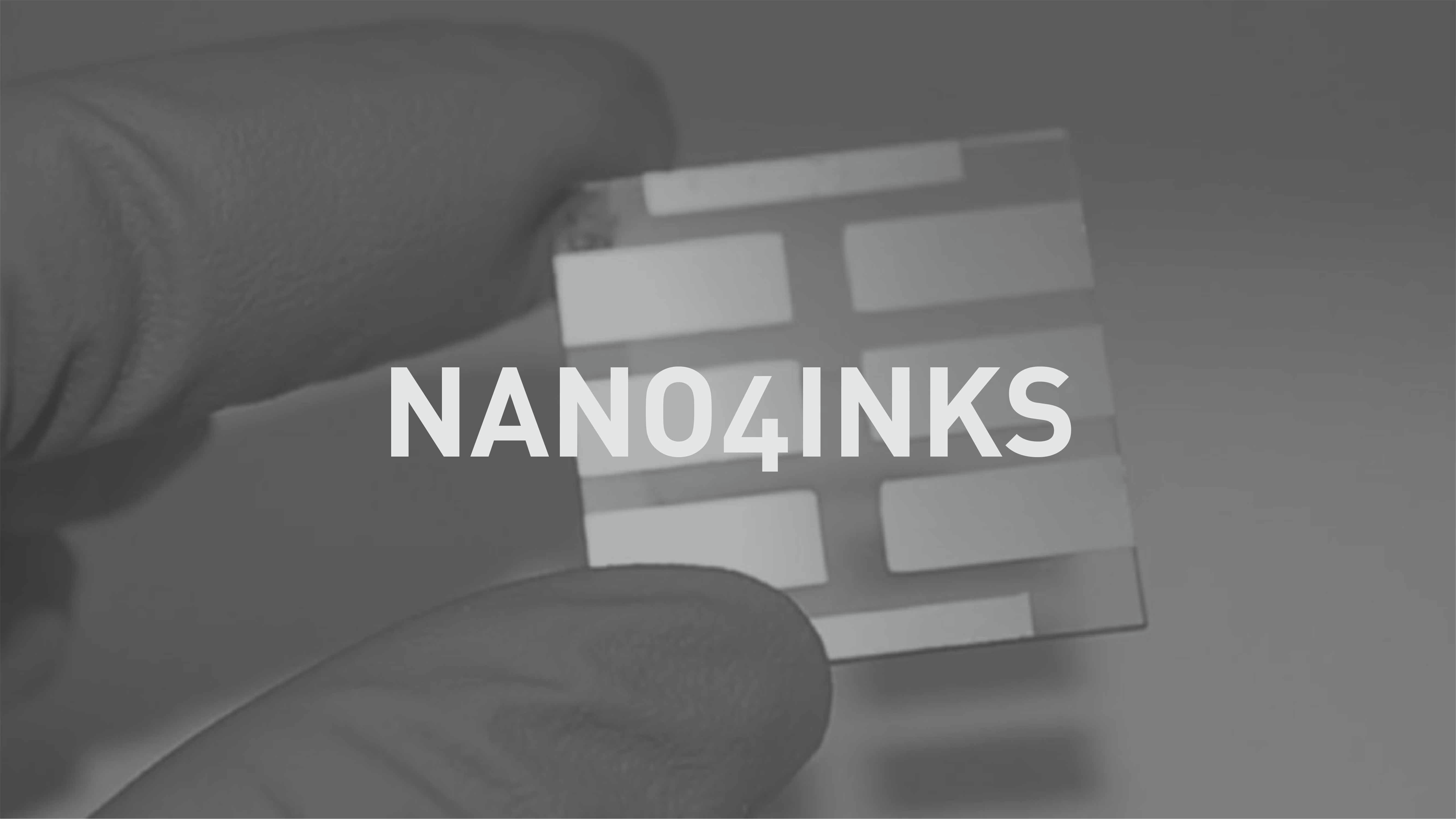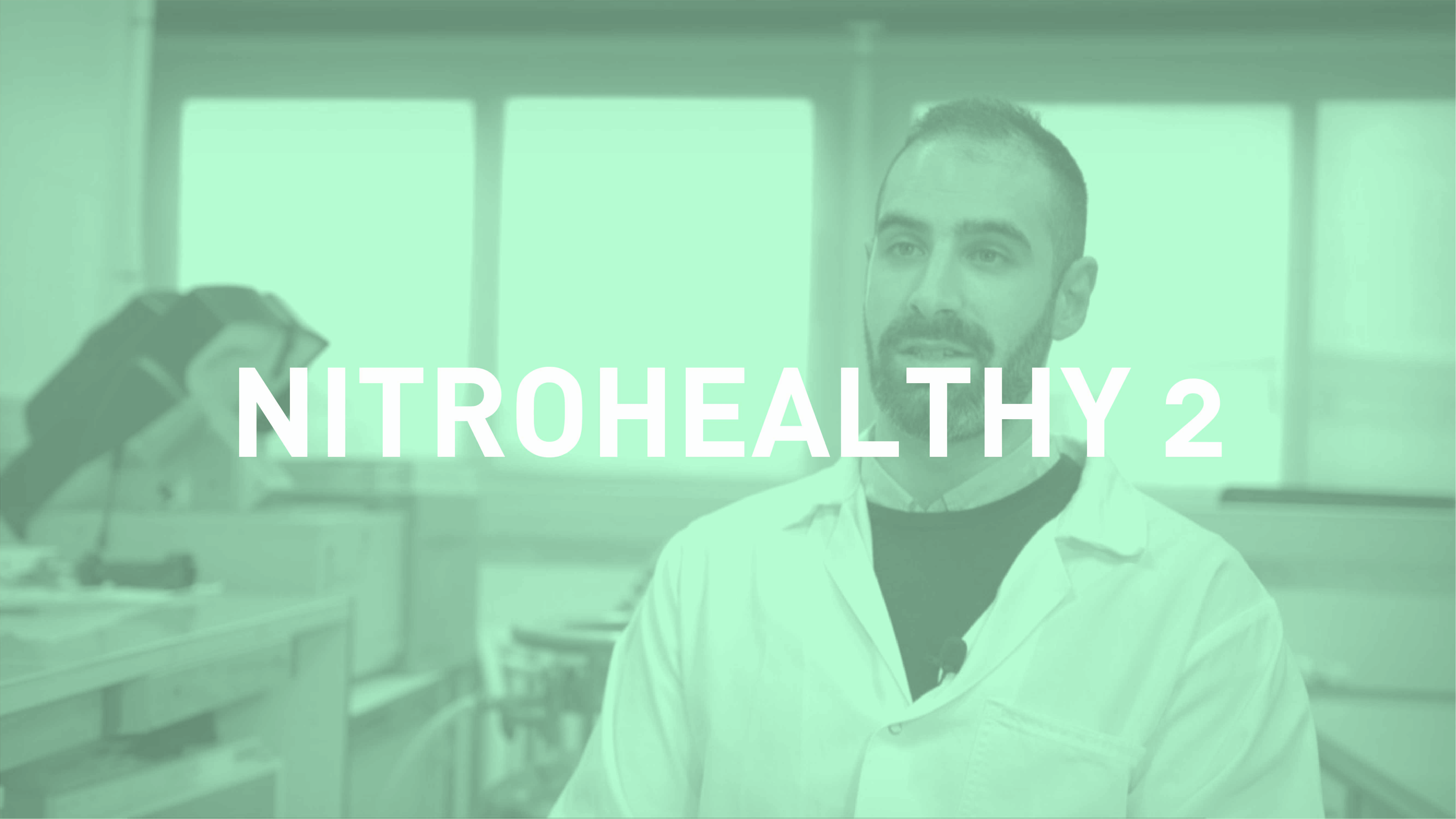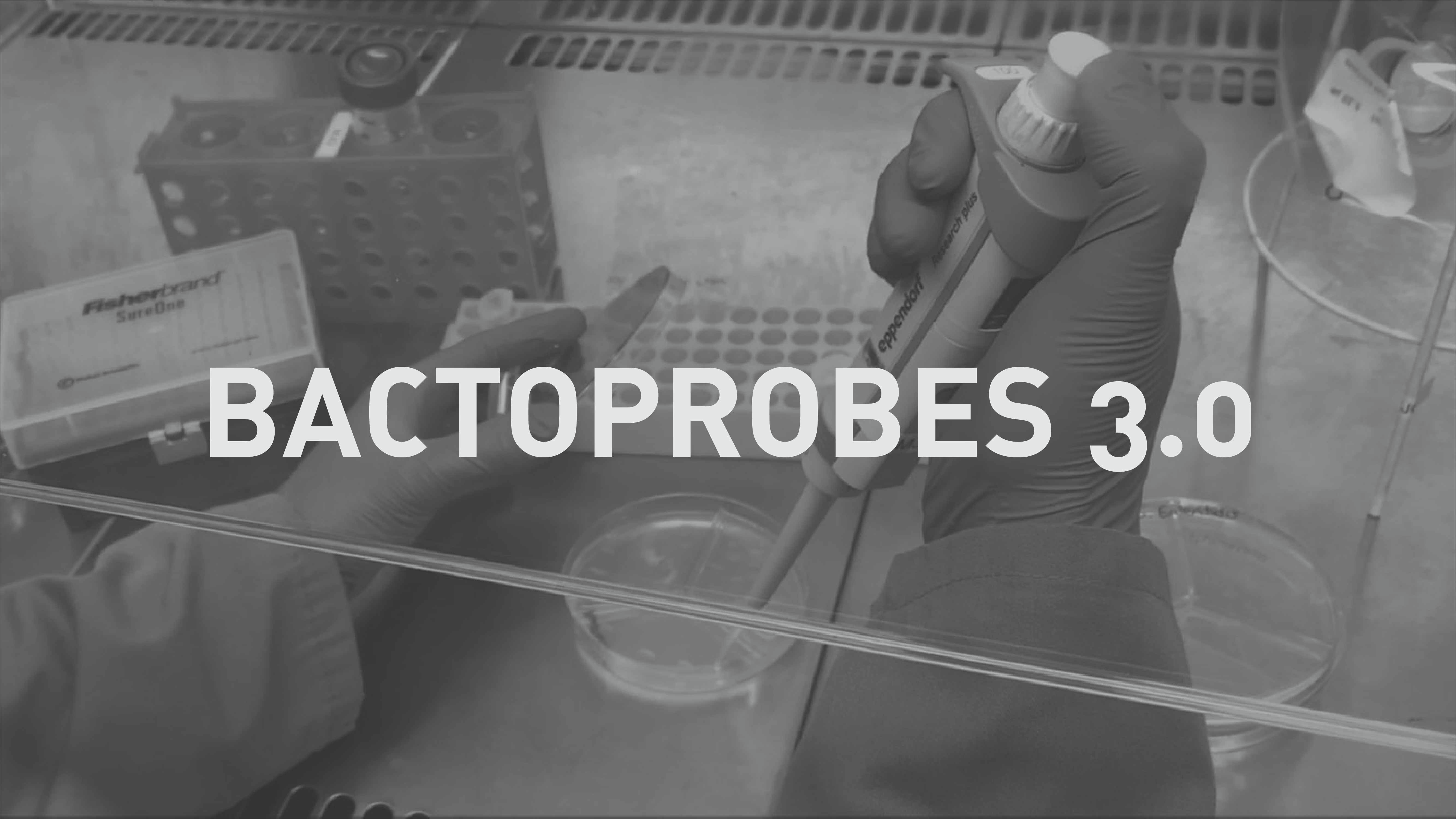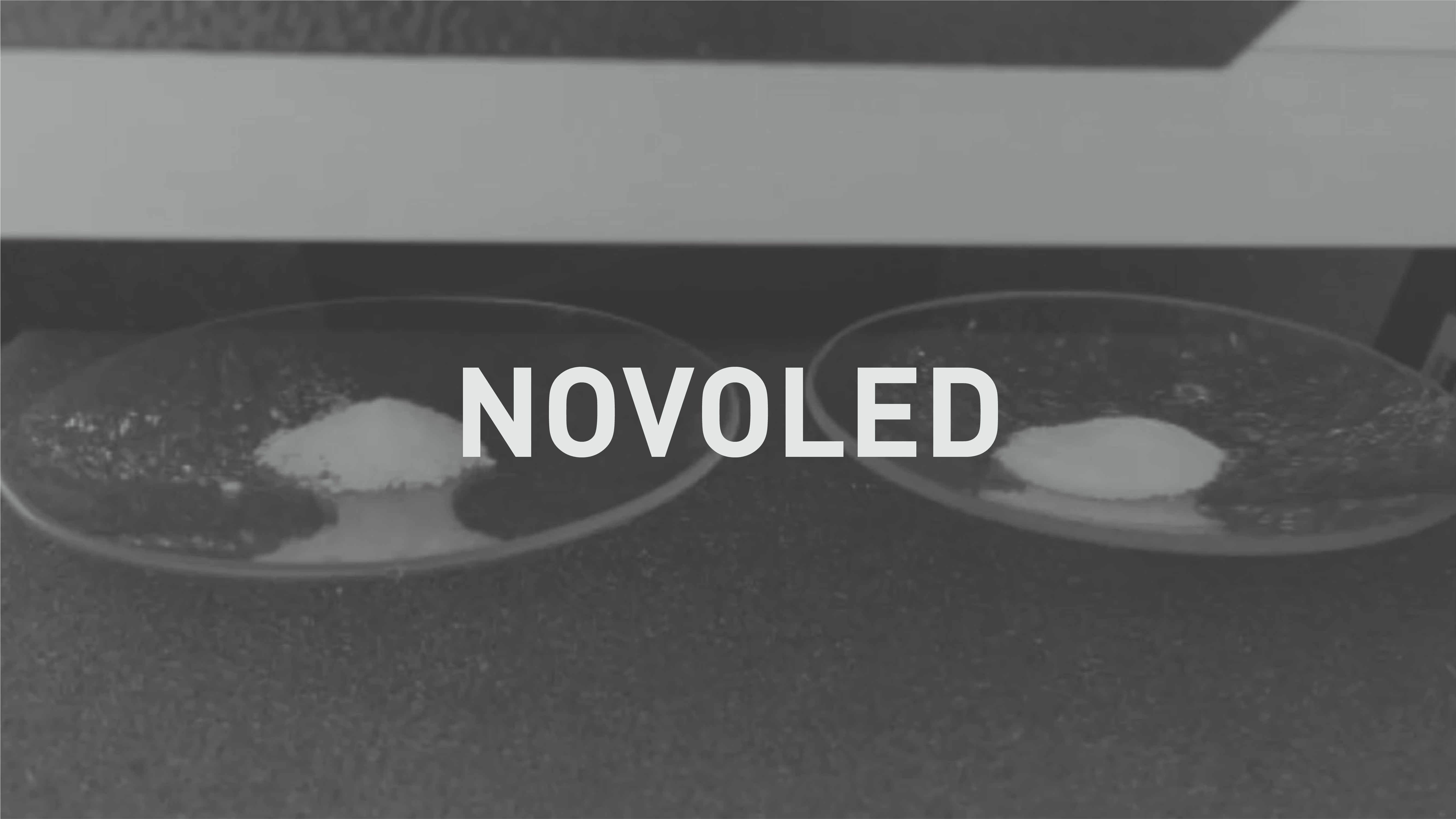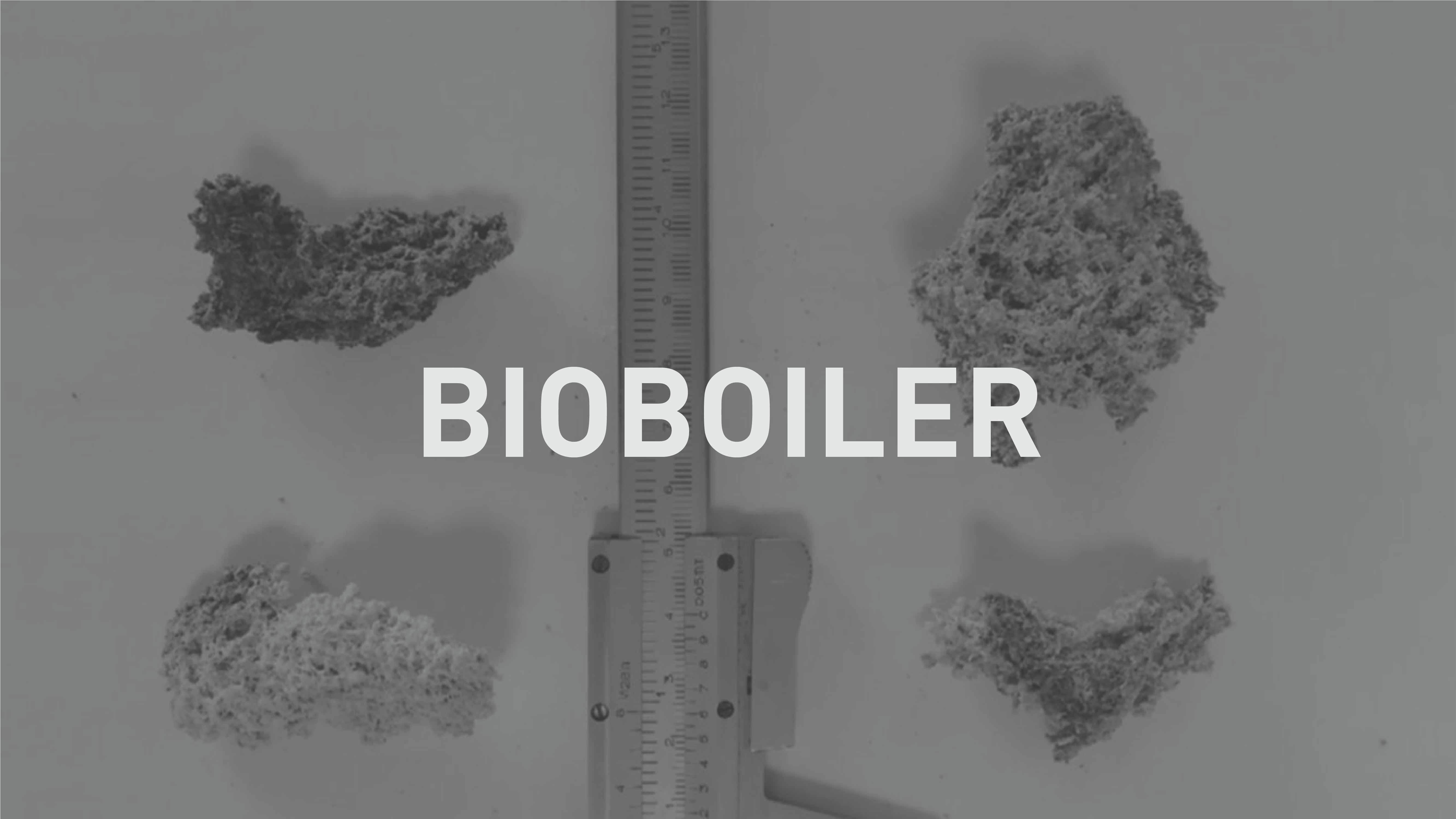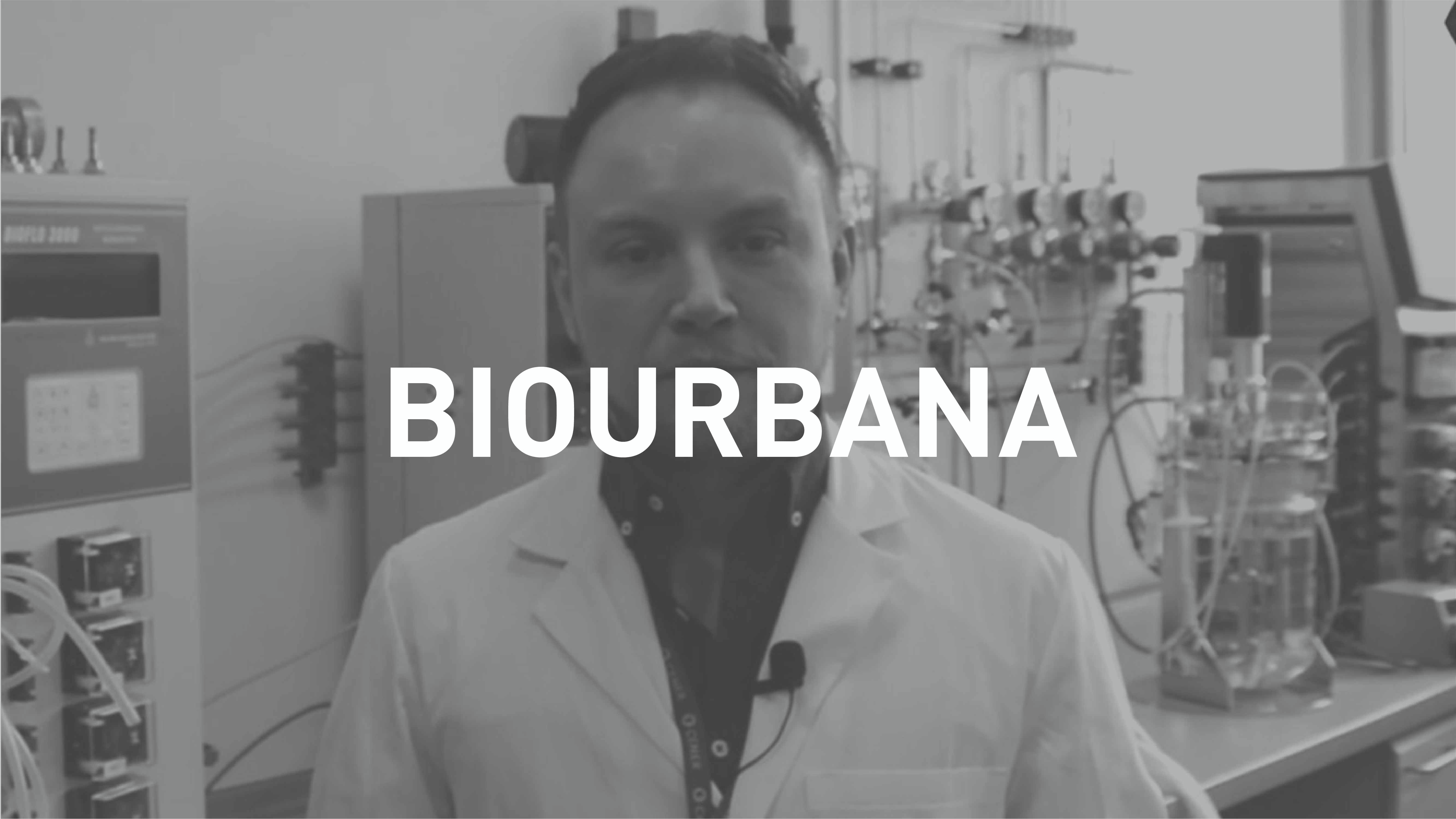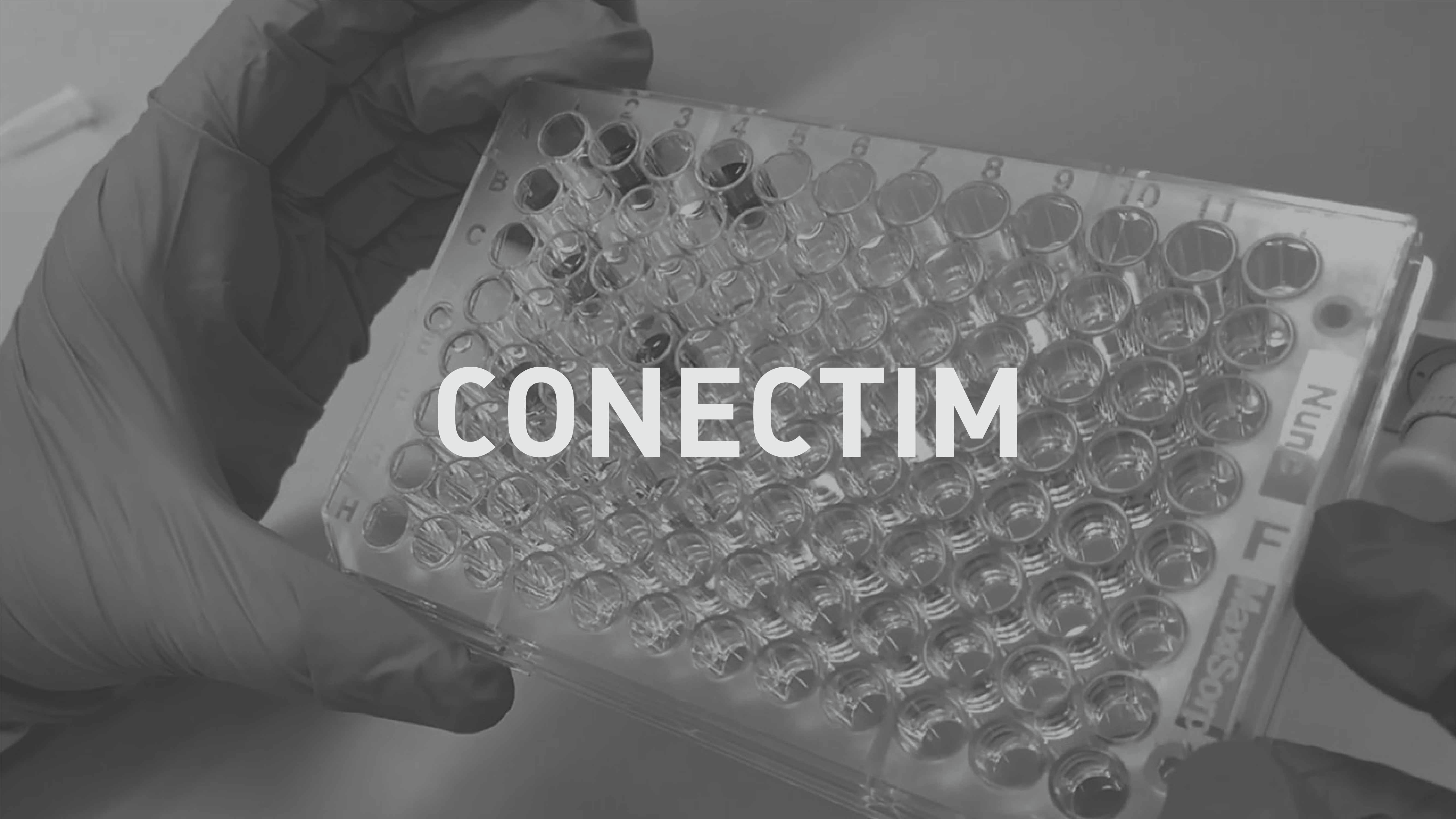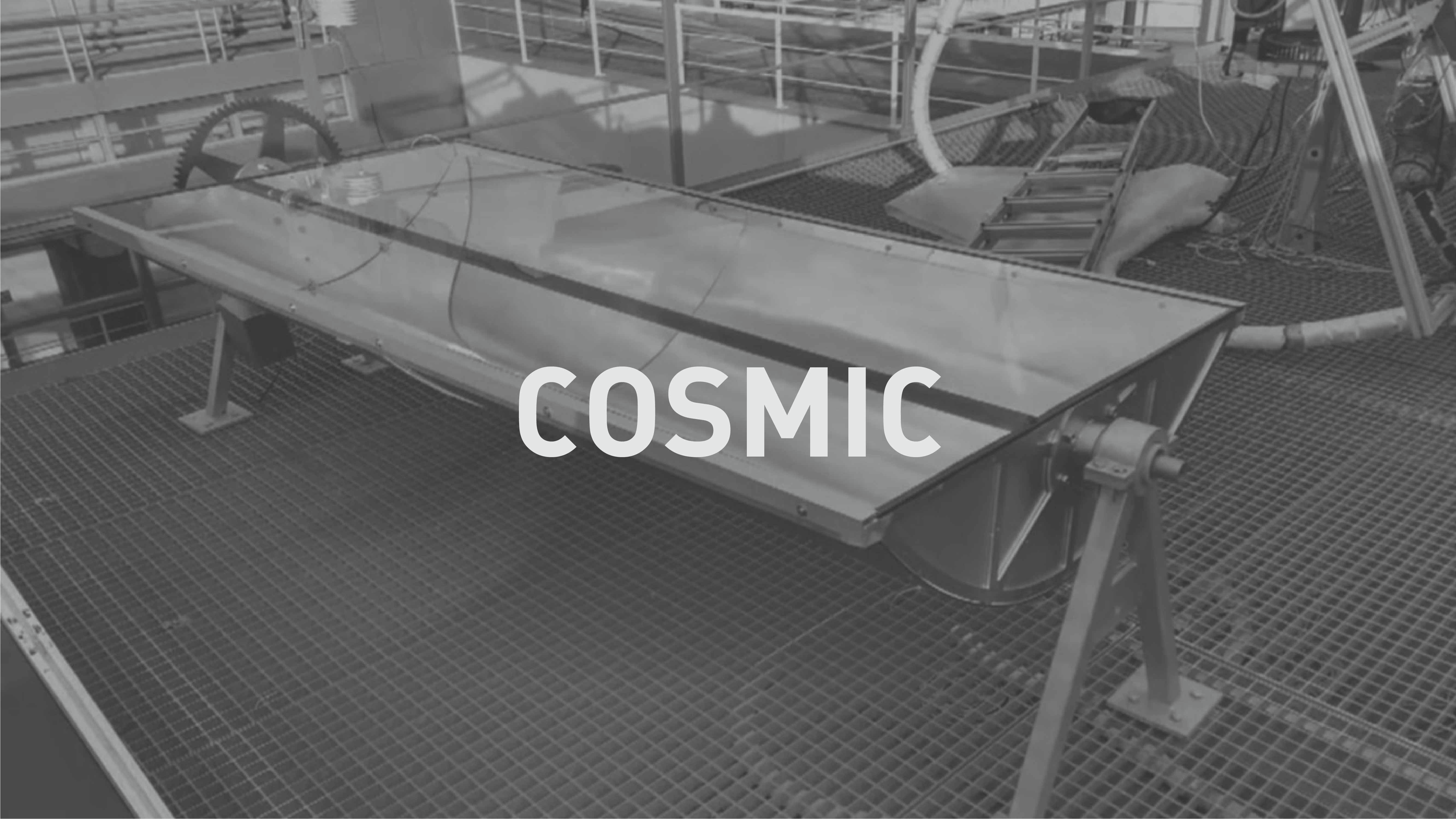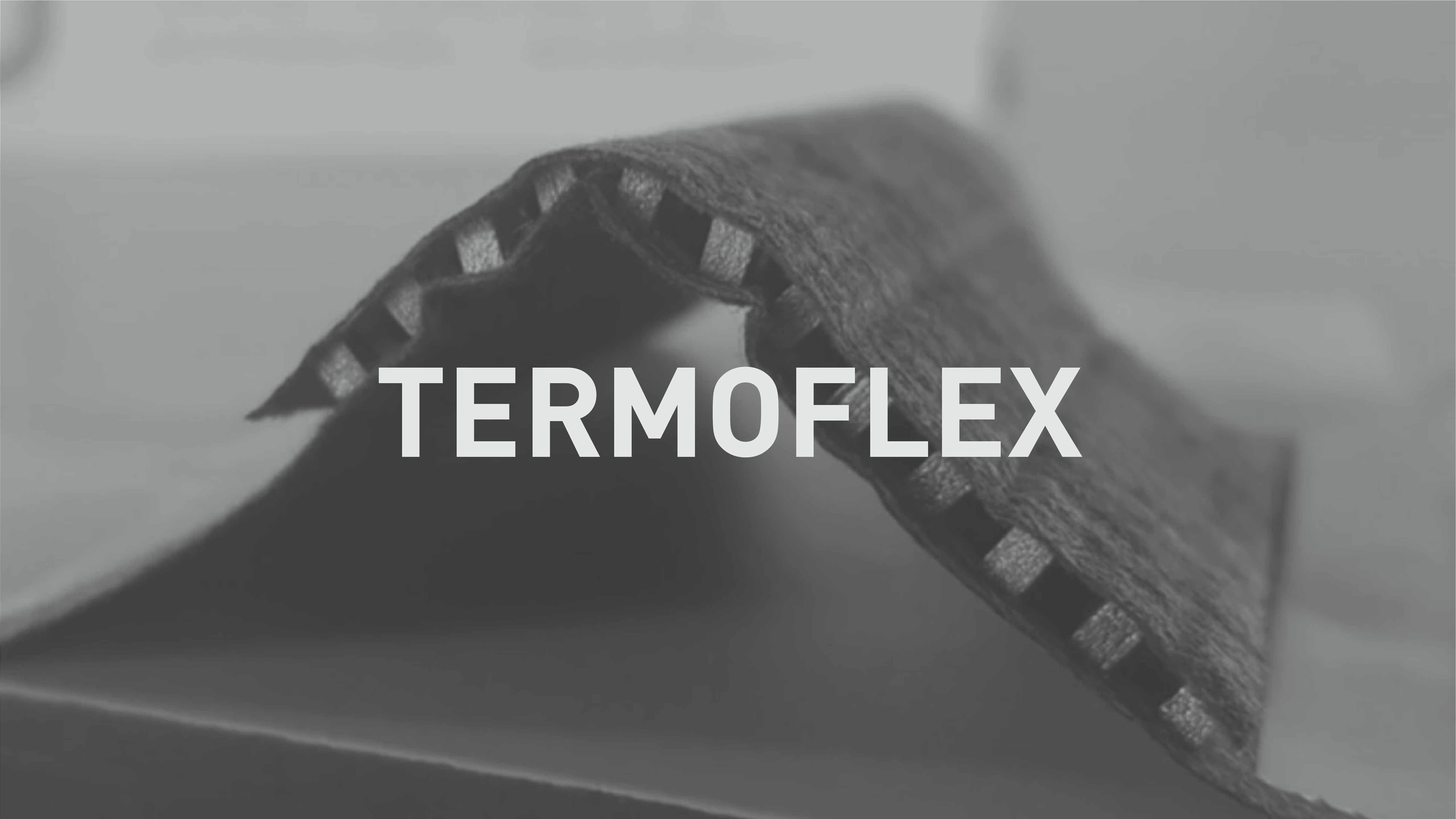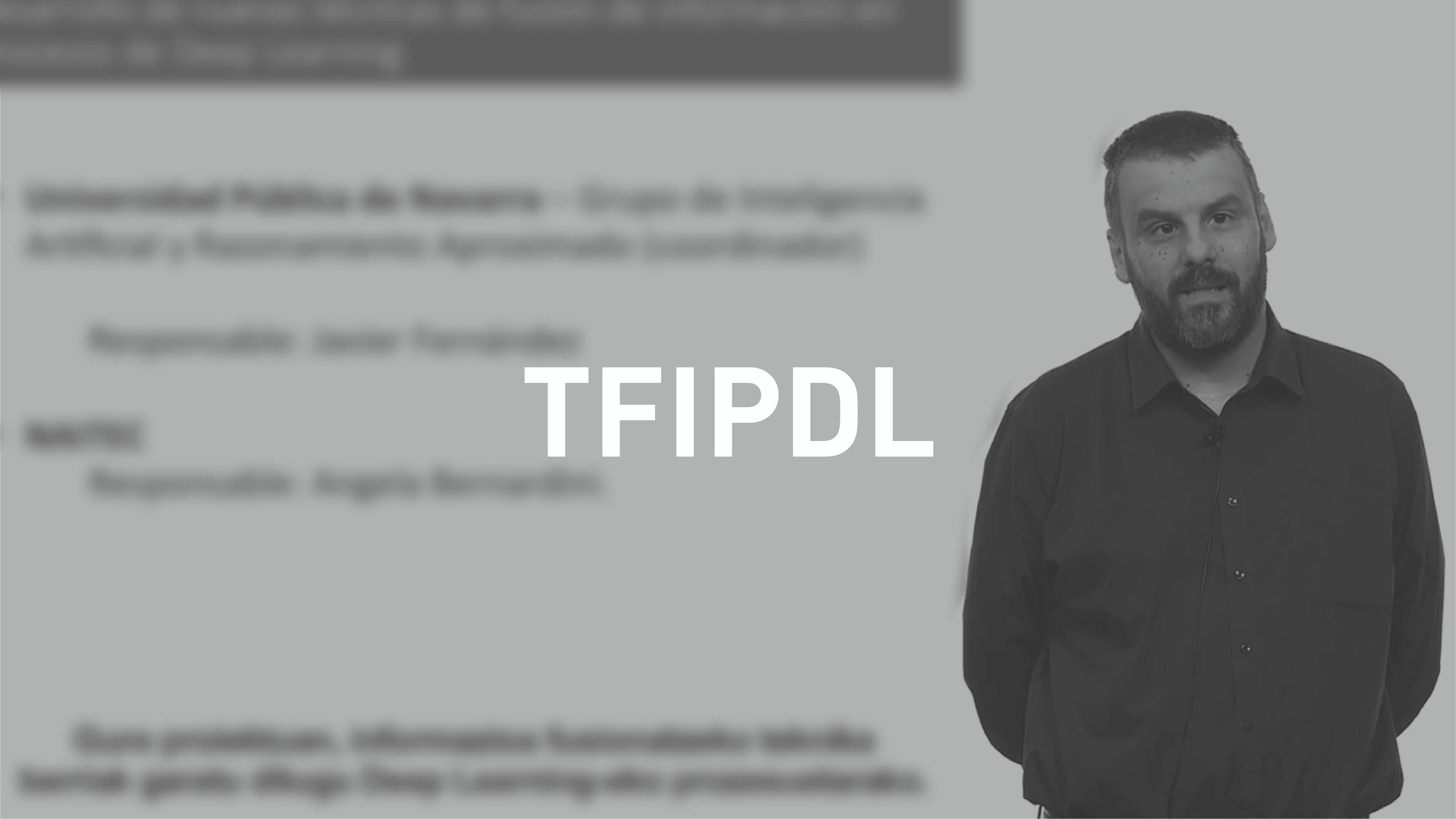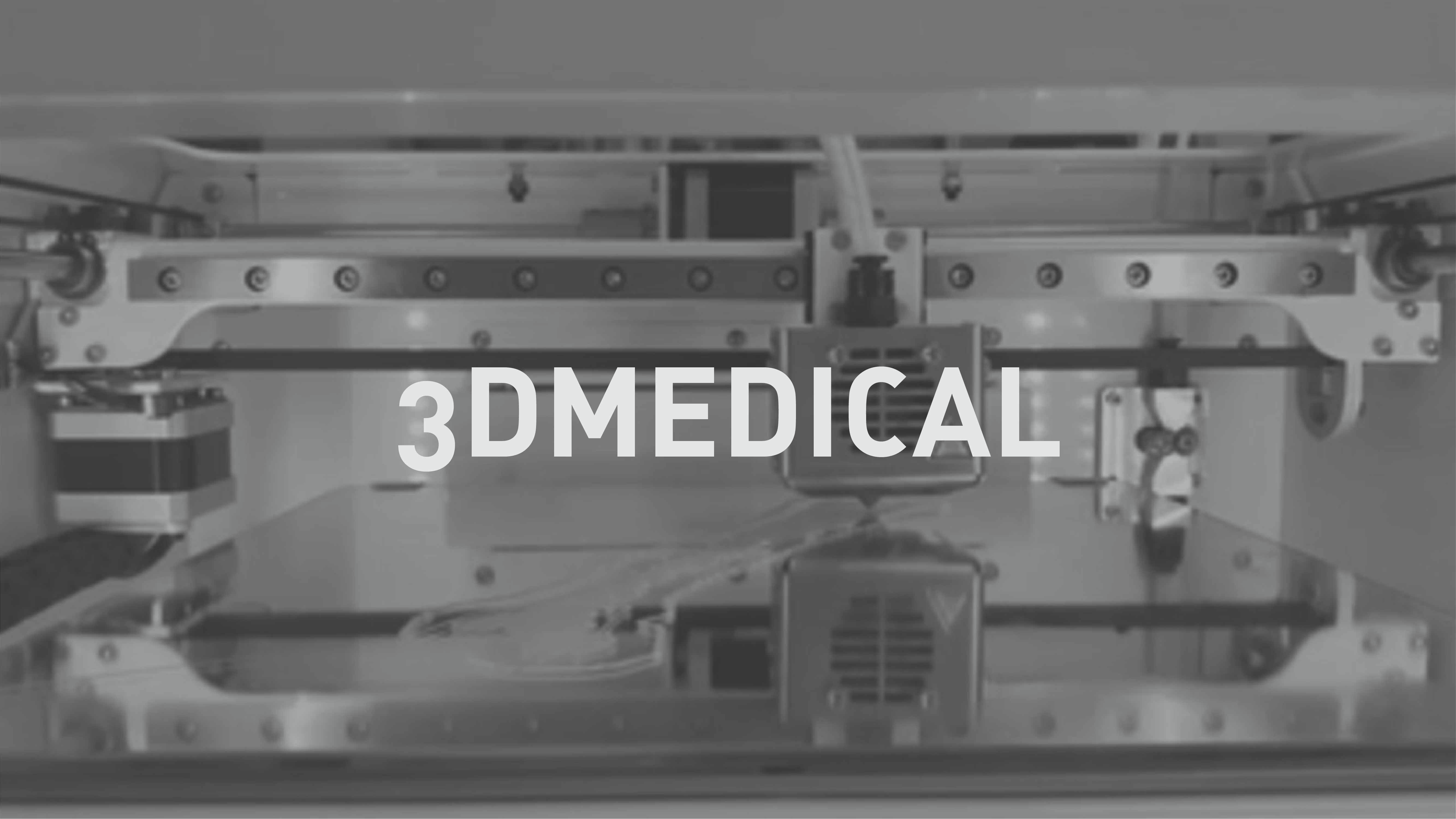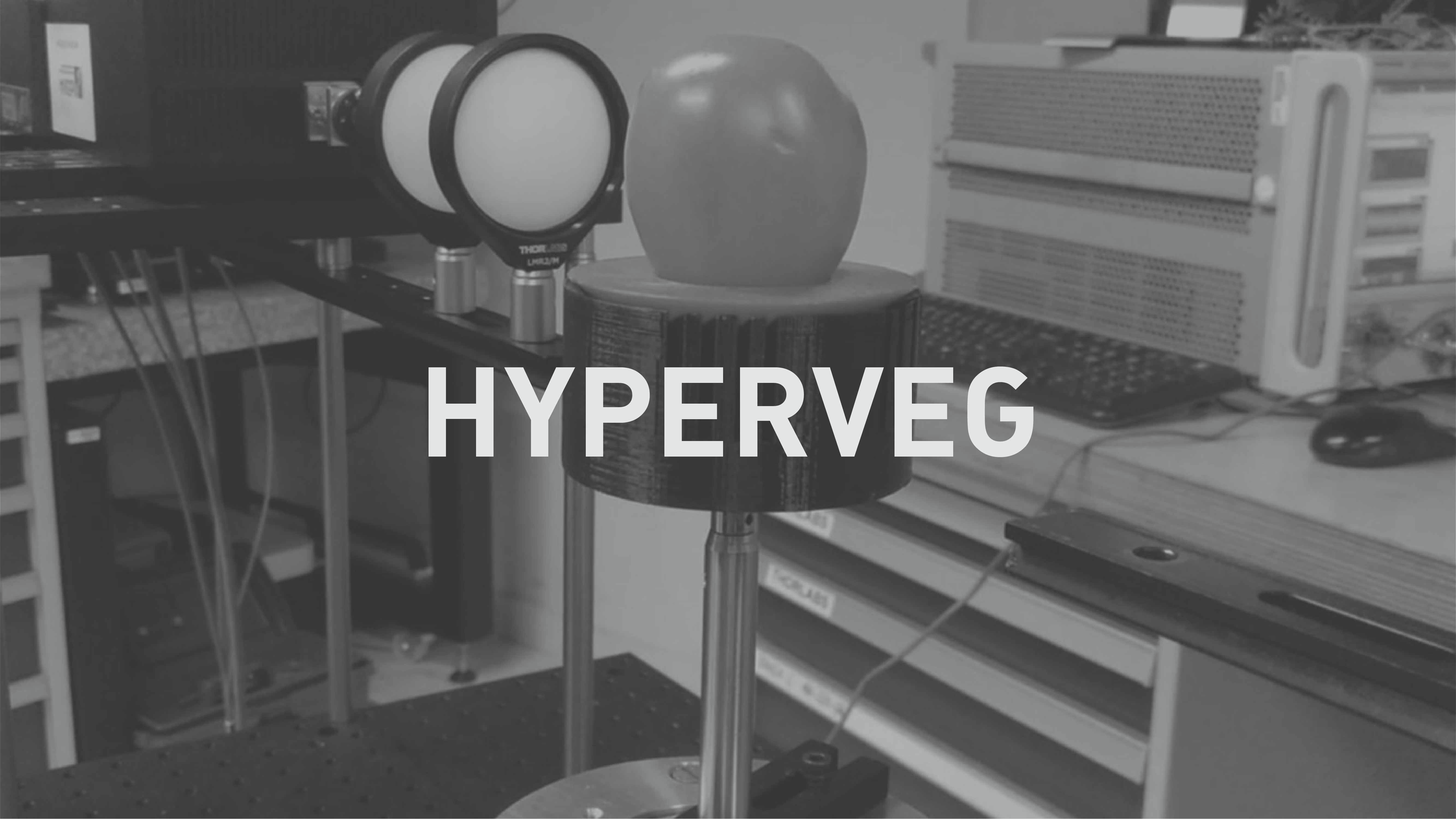To those ends, Lurederra and CNTA have worked together in a highly coordinated way to make sure everything done for the project was successful. Along those lines, firstly Lurederra used FSP to synthesise and identify the nanoparticles to be included in the test formulations.
Applications in steel test tubes were also done with the selected formulations so they could later be tested in relation to their antibacterial and anti-adherence capacity using different analyses and tests done by CNTA.
In the last stages of the project Lurederra has focused on pilot scale production of the most promising nanocoatings so they can be evaluated in a real future scenario where the demand for products developed in the project is certain. On the other hand, CNTA has focused their efforts on carrying out a pilot test using a real wash basin as a test bench to use for testing the anti-biofilm capacity of the product developed by Lurederra.
The conclusions that can be drawn from the ANTIMICRAL project are very positive. In relation to anti-microbial capacity, both the nanoparticles produced and the formulations developed have a very high anti-microbial capacity, for example for fighting E- coli or salmonella. Furthermore, it has been possible to scale the formulations up to 20 L in order to foresee potential demand from the food industry for a product in the future. Lastly, using a wash basin from the IV range subsector, it has been possible to conclude that the nanocoating for combating the effects of the biofilms reduced the adhesion of micro-organisms to the surface very significantly.
In summary, the results of ANTIMICRAL’s project entail three marketable products, each focused on a different niche, which have effectively shown cost and legal viability.
- Anti-adherent Coating: specially focused on achieving an anti-biofilm effect
- Anti-microbial Coating: specially focused on achieving a biocide effect
- Double Effect Coating: anti-adherent and anti-microbial with the same treatment


